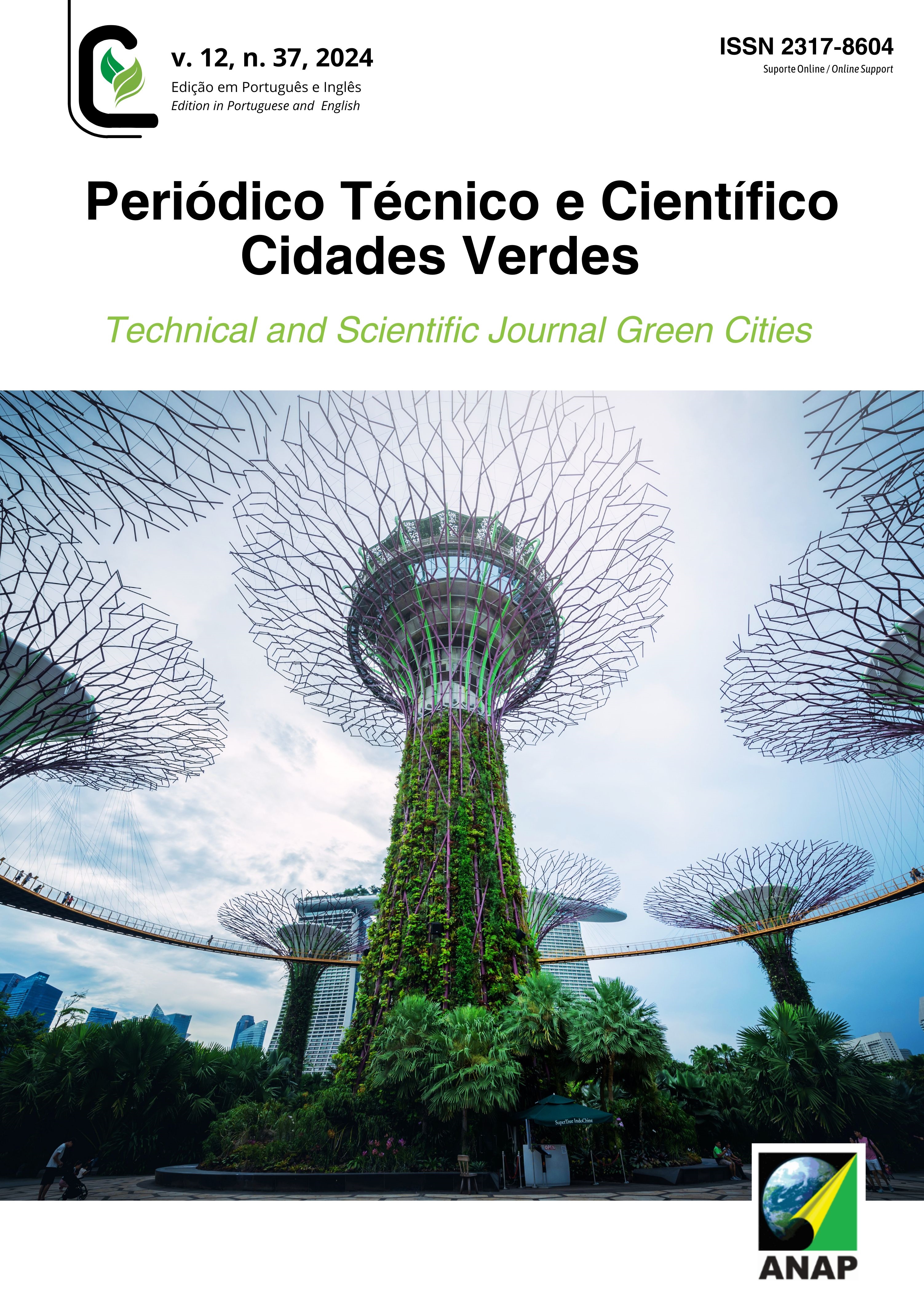Risk Factors to the Cultural Heritage of the State of Mato Grosso
DOI:
https://doi.org/10.17271/23178604123720245243Keywords:
Intangible heritage, Archaeological heritage, Architectural-landscape heritageAbstract
The objective of this article is to identify the risk factors that most affect the intangible, archaeological and architectural-landscape heritage of Mato Grosso, from the perspective of managers of public institutions linked to its preservation and conservation. The research started from a survey (questionnaire) of participants' opinions regarding risk factors that affect cultural heritage, with subsequent quantification and qualitative analysis (data tabulation) and quantitative analysis (assessment of reliability and internal consistency using a statistical instrument). The most common risks for architectural-landscape heritage are Abandonment (72%, Social dimension), Mismanagement (67%) and Successive reforms and renovations (67%), both in the Governance dimension; in the Environmental dimension they are Fires (44%) and Construction of various projects (44%). For archaeological heritage, the most common risk factors in the Environmental dimension are Construction of hydroelectric plants, dams and similar (50%), Intensive crops in sensitive areas (50%), Livestock in sensitive areas (50%) and Deforestation (50%). The most common risk factors for intangible heritage are: in the Governance dimension - Mismanagement (44%) and, in the Environmental dimension: Livestock in sensitive areas (50%), Deforestation (56%) and Fires (50%). Cronbach's Alpha values were 0.965 for intangible heritage, 0.962 for archaeological heritage and 0.97 for architectural-landscape heritage, concluding that the results obtained are reliable.
Downloads
Downloads
Published
Issue
Section
License
Copyright (c) 2024 Technical and Scientific Journal Green Cities

This work is licensed under a Creative Commons Attribution 4.0 International License.















